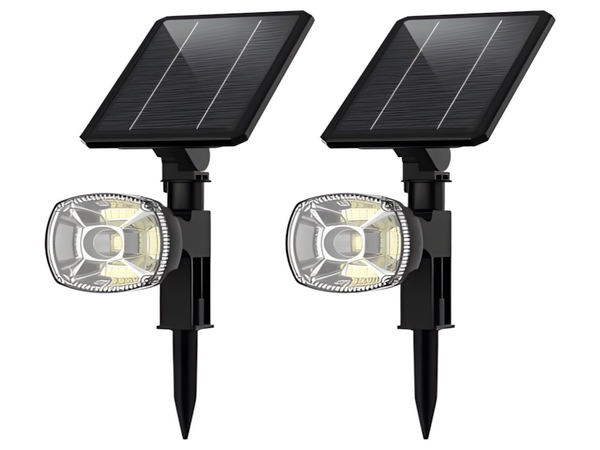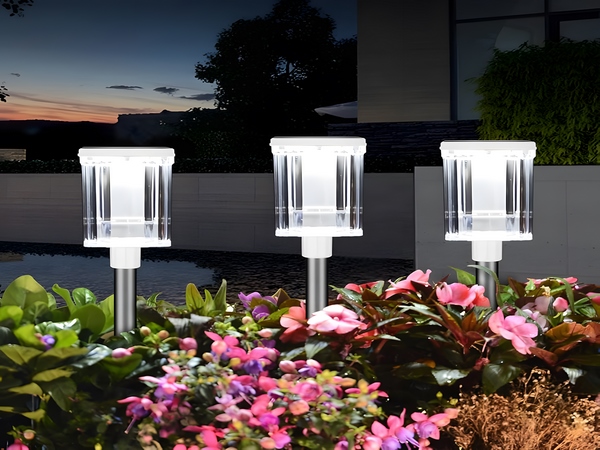
In recent years, the price of solar street lights has decreased, and technological upgrades have greatly improved their lighting efficiency and performance. The typical lifespan of solar street lights can reach over five years. Solar street lights consist of several components, including LED light sources (with drivers), solar panels, batteries (including battery insulation boxes), solar street light controllers, lamp poles (including bases), and auxiliary wiring. But do you know how to handle solar panel waste after they are decommissioned? Here, we provide a detailed introduction.
Methods for handling discarded solar panels:
Many materials used in the production of solar panels can still be recycled, such as crystalline silicon, which can be reused in the heavy metal industry, glass panels that can be sent to glass manufacturing, aluminum frames that can be sent to aluminum refineries. Cables and connectors can be crushed and reused in the form of copper beads, while waste plastics can serve as fuel. Therefore, as long as the waste is handled properly, there is no need to worry excessively about new pollution or resource wastage from discarded solar panels. So how should we manage decommissioned solar panels?
1. When solar panels are damaged but still salvageable, it’s essential not to touch them with bare hands. Even after decommissioning, there is still a risk of electric shock. It is best to wear dry, insulated gloves such as rubber gloves to reduce the risk of electric shock.

2. If multiple solar panels are connected by cables, ensure to disconnect the cables. If they cannot be removed, find another way to cut the cables.
3. For the cut cables, if there are exposed copper wires, wrap them with plastic tape to prevent electric shock.

4. Next, transport the solar panels to a waste disposal location. To be cautious, it is advisable to use a hammer or similar tool to break the glass, separating the glass, battery cells, metal frames, and wiring materials for easier recycling.
5. Throughout the entire process, it is best to cover the front of the solar panel with a blue tarp or hard cardboard, or you can lay it face down to avoid direct sunlight, which could activate the photovoltaic conversion process and increase risk. Even at night when there is no sunlight, it is essential to remain cautious to avoid electric shocks.
This concludes our discussion on the handling methods for discarded solar panels. We hope this article is helpful to you. If you have any other questions about solar street lights, feel free to reach out with your inquiries. We look forward to discussing with you!



